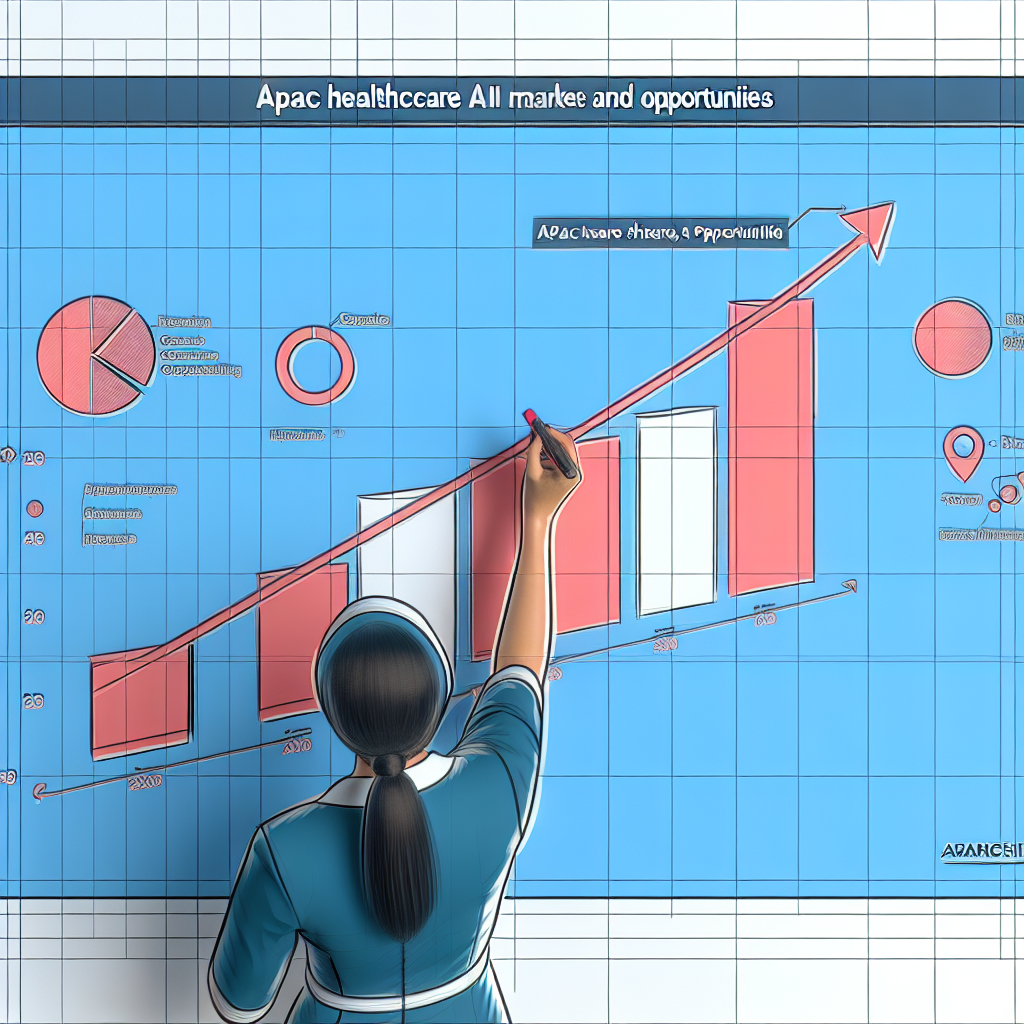Explore the APAC Healthcare AI Market: trends, size, share, opportunities, and forecasts. Unlock potential growth in Asia-Pacific.
APAC Healthcare AI Market Size, Share, Trends, Opportunities & Forecast

Table of Contents
APAC Healthcare AI Market Size, Share, Trends, Opportunities & Forecast

The Asia-Pacific (APAC) region is witnessing a significant transformation in healthcare, driven by the rapid adoption of Artificial Intelligence (AI). This technology is reshaping various aspects of healthcare, from patient diagnostics to management systems, offering promising improvements in efficiency and patient outcomes. This article delves into the current market size, shares, trends, opportunities, and forecasts of the healthcare AI sector in APAC, providing a comprehensive overview for stakeholders and investors.
Current Market Overview
The APAC healthcare AI market has shown robust growth in recent years. According to a report by Grand View Research, the market was valued at several billion dollars as of the last few years and is expected to grow at a compound annual growth rate (CAGR) of over 40% in the next decade. This growth is fueled by several factors including increasing healthcare expenditures, growing awareness about AI capabilities, and supportive government initiatives across the region.
Key Drivers of Growth
Several key factors are driving the adoption of AI in healthcare within the APAC region:
- Increasing Healthcare Data Volume: The exponential growth in data from electronic health records, genomic data, and other sources is pushing the demand for AI to manage and leverage this information.
- Government Initiatives: Countries like China, Japan, and South Korea have launched various initiatives to integrate AI technology in healthcare systems to improve service delivery and patient care.
- Technological Advancements: Rapid improvements in AI and machine learning algorithms are making it more feasible to implement these technologies in practical healthcare applications.
- Rising Healthcare Costs: AI is seen as a tool to reduce healthcare costs significantly by automating tasks, improving diagnostic accuracy, and personalizing treatment plans.
Market Segmentation
The healthcare AI market in APAC can be segmented based on offerings, technology, application, and end-user:
- By Offerings: Hardware, software, and services.
- By Technology: Machine learning, natural language processing, context-aware computing, and computer vision.
- By Application: Robot-assisted surgery, virtual nursing assistants, administrative workflow assistants, fraud detection, dosage error reduction, clinical trial participant identifier, preliminary diagnosis, and others.
- By End-User: Healthcare providers, pharmaceutical and biotechnology companies, patients, and others.
Regional Insights
Different countries in the APAC region are at various stages of AI adoption in healthcare:
- China: Leading in the region with substantial investments in AI for diagnostics, medical imaging, and patient management systems.
- Japan: Focused on aging population issues, Japan invests in AI for elder care technologies and robotic nursing aids.
- India: Rapidly growing startup ecosystem contributing to innovative AI solutions in healthcare diagnostics and treatment options.
- Australia: Advanced in adopting AI for clinical health data analytics and personalized medicine.
Challenges and Barriers
Despite the optimistic growth, there are several challenges that the APAC healthcare AI market faces:
- Data Privacy and Security: Concerns over the security of patient data and the ethical use of AI are significant hurdles.
- Lack of Skilled Professionals: There is a shortage of skilled AI professionals in healthcare which hampers the development and implementation of AI technologies.
- Regulatory Challenges: The lack of standardized regulations regarding AI in healthcare poses challenges for widespread adoption.
- High Initial Costs: The initial investment for AI systems and technologies is high, making it difficult for smaller healthcare providers to adopt.
Future Outlook and Forecast
The future of AI in healthcare in the APAC region looks promising with a strong growth trajectory supported by technological advancements and increasing acceptance of AI solutions. The market is expected to witness significant developments in terms of more sophisticated AI tools and increased integration with existing healthcare systems.
Conclusion
The APAC healthcare AI market is poised for significant expansion, driven by technological advancements, supportive government policies, and a growing need for efficient healthcare solutions. While challenges such as data security and high costs exist, the potential benefits of AI in enhancing healthcare services are immense. Stakeholders in the healthcare sector must navigate these challenges strategically to fully leverage the opportunities offered by AI in healthcare.
As the region continues to embrace digital transformation in healthcare, AI stands out as a key enabler of future advancements. With continued investment and innovation, the APAC healthcare AI market is set to redefine healthcare standards and improve patient outcomes across the region.








